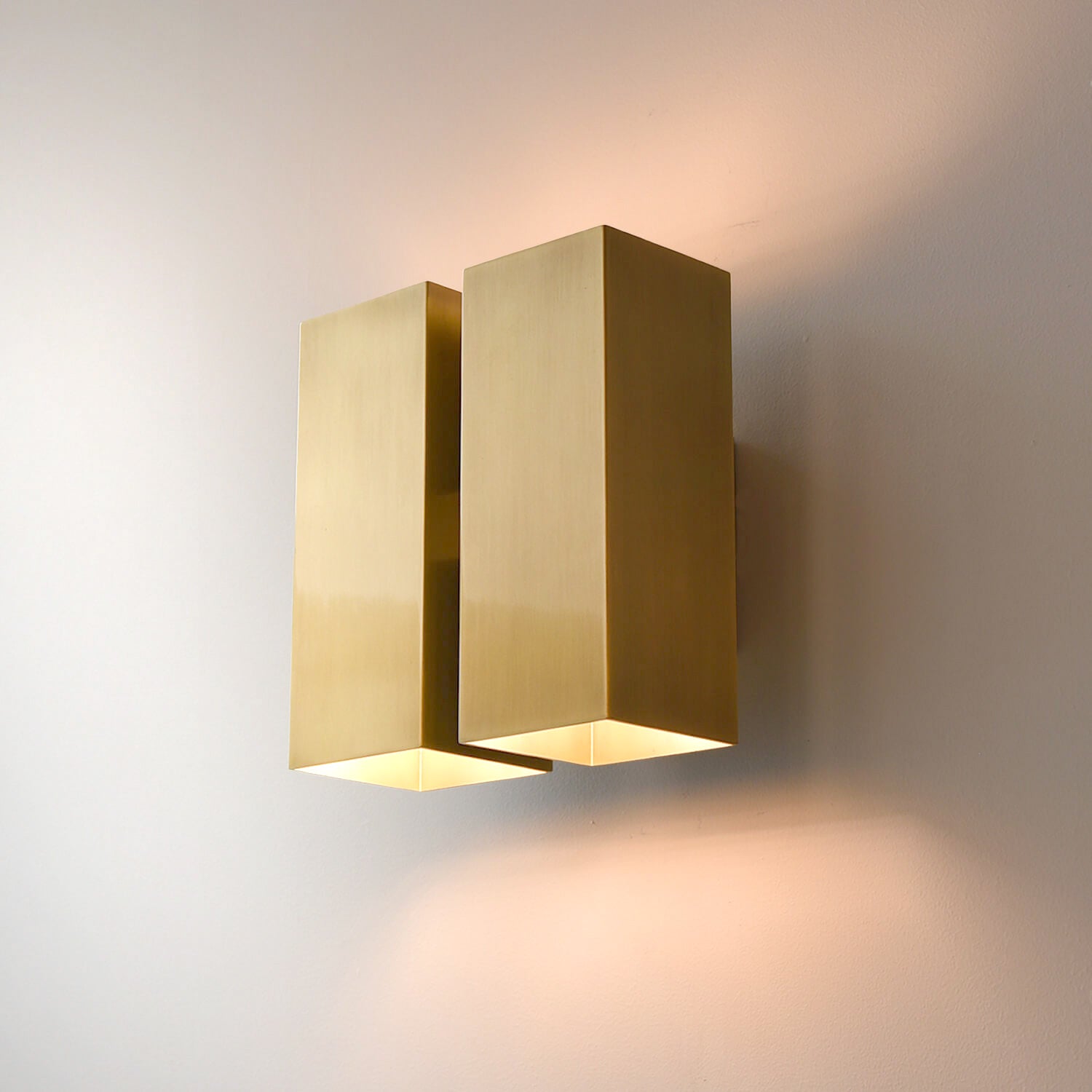Lighting plays a crucial role in creating a comfortable and safe environment for children. The right type and amount of light can have a significant impact on a child’s development, mood, behavior, and sleep patterns. In this article, we will explore the importance of ratedecor lighting in a child’s room and provide tips and ideas for choosing the right lighting options to create a cozy and inviting atmosphere. We will also discuss the benefits of using dimmer switches, creative lighting ideas, incorporating natural light, the role of color in lighting, and energy-efficient lighting options.
The Importance of Lighting in a Child’s Room
Lighting is not just about illuminating a space; it has a profound impact on a child’s development and well-being. Adequate lighting is essential for promoting healthy sleep patterns, as it helps regulate the body’s internal clock. Insufficient or harsh lighting can disrupt sleep and lead to sleep disturbances, which can affect a child’s mood, behavior, and overall well-being.
In addition to sleep patterns, lighting also affects a child’s mood and behavior. Bright, natural light has been shown to improve mood and increase productivity. On the other hand, dim or warm lighting can create a cozy and calming atmosphere, which is beneficial for relaxation and winding down before bedtime.
Choosing the Right Type of Light for Your Child’s Room
When it comes to choosing the right type of light for your child’s room, there are several options to consider. Overhead lights provide general illumination for the entire room but may be too bright for certain activities or times of day. Lamps offer more focused lighting and can be adjusted to create different levels of brightness. Nightlights are ideal for providing a soft glow during nighttime routines or for children who are afraid of the dark.
Each type of lighting has its pros and cons. Overhead lights provide ample illumination but may be too harsh for certain activities or times of day. Lamps offer more flexibility in terms of brightness and can be positioned to provide task lighting for activities such as reading or playing. Nightlights provide a comforting glow but may not provide enough light for certain tasks.
How to Determine the Right Amount of Light for Your Child’s Room
The amount of light needed in a child’s room depends on the size of the room and the child’s needs. As a general rule, larger rooms may require more lighting to ensure adequate illumination, while smaller rooms may benefit from softer, more ambient lighting. It is also important to consider the child’s age and activities that will take place in the room.
To determine the appropriate amount of light, you can use a simple formula. Multiply the length and width of the room in feet to get the square footage. Then, multiply the square footage by 20 to get the total wattage needed for general lighting. For example, if a room is 10 feet by 12 feet, the square footage is 120 square feet, and the total wattage needed would be 2,400 watts.
Tips for Creating a Cozy and Comfortable Atmosphere with Lighting
Creating a cozy and comfortable atmosphere in a child’s room can be achieved by using lighting strategically. One way to achieve this is by layering lighting, which involves using multiple sources of light at different levels of brightness. This can be achieved by combining overhead lights with lamps or using dimmer switches to adjust the brightness of existing lights.
Another way to create a cozy atmosphere is by using warm or soft lighting. Warm light has a yellowish hue and creates a calming effect, making it ideal for relaxation and winding down before bedtime. Soft lighting can be achieved by using lamps with lower wattage bulbs or by using lampshades that diffuse light.
The Benefits of Using Dimmer Switches in Your Child’s Room

Dimmer switches are a great addition to a child’s room as they allow for adjustable lighting levels. Dimmer switches can be used to create a more relaxing environment by reducing the brightness of overhead lights or lamps. This is particularly beneficial for bedtime routines and nighttime feedings, as it helps signal to the body that it is time to wind down and prepare for sleep.
In addition to creating a relaxing atmosphere, dimmer switches also offer energy-saving benefits. By reducing the brightness of lights, dimmer switches can help conserve energy and reduce electricity costs. They also extend the lifespan of light bulbs by reducing the amount of heat generated.
Creative Lighting Ideas to Add Fun and Personality to Your Child’s Room
Lighting can be used creatively to add personality and fun to a child’s room. String lights are a popular option for creating a whimsical and magical atmosphere. They can be hung along walls, draped over furniture, or used to create a canopy effect above the bed. Another creative idea is to create a starry night effect by using LED lights with small holes punched into a dark-colored fabric or paper.
To incorporate lighting into a child’s interests and hobbies, consider using themed lamps or light fixtures. For example, sports-themed lamps are available in various designs such as basketballs, soccer balls, or baseballs. These lamps not only provide functional lighting but also add a touch of personalization to the room.
Creating a Safe and Secure Environment with Proper Lighting
Proper lighting is essential for creating a safe and secure environment for children. Nightlights are particularly important in hallways and bathrooms to prevent accidents during nighttime trips. Motion-sensor lights can also be used in these areas to provide instant illumination when someone enters the space.
It is also important to ensure that there are no dark corners or areas in the room where children could trip or bump into furniture. Adequate lighting should be provided in all areas of the room, including closets and play areas. Additionally, it is important to regularly check and replace light bulbs to ensure that all areas of the room are well-lit.
How to Incorporate Natural Light into Your Child’s Room
Natural light has numerous benefits for a child’s health and well-being. It helps regulate the body’s internal clock, improves mood, and provides essential vitamin D. To maximize natural light in a child’s room, consider using sheer curtains that allow sunlight to filter through while still providing privacy. Positioning furniture near windows can also help maximize natural light.
If the room does not receive much natural light, consider using mirrors to reflect light and create the illusion of a brighter space. Placing a mirror opposite a window can help bounce natural light around the room and make it feel more spacious.
The Role of Color in Lighting and How to Choose the Right Color for Your Child’s Room
Color temperature plays a significant role in lighting and can affect a child’s mood and behavior. Cool white light has a bluish hue and is often associated with increased alertness and productivity. Warm white light has a yellowish hue and creates a cozy and calming atmosphere.
When choosing the right color temperature for your child’s room, consider their needs and preferences. If the room is primarily used for studying or playing, cool white light may be more appropriate. If the room is primarily used for relaxation or winding down before bedtime, warm white light may be more suitable.
Energy-Efficient Lighting Options for Your Child’s Room
Using energy-efficient lighting options in your child’s room not only helps reduce electricity costs but also benefits the environment. LED bulbs are a popular choice for energy-efficient lighting as they consume less energy and have a longer lifespan compared to traditional incandescent bulbs. They also produce less heat, making them safer to use in children’s rooms.
Motion-sensor lights are another energy-efficient option that can be used in closets or play areas. These lights only turn on when someone enters the space, helping conserve energy when the room is not in use.
Lighting plays a crucial role in creating a comfortable and safe environment for children. By choosing the right type and amount of light, parents can promote healthy sleep patterns, create a cozy and inviting atmosphere, and enhance their child’s mood and behavior. Incorporating natural light, using dimmer switches, and adding creative lighting touches can further enhance the overall ambiance of a child’s room. By following these tips and ideas, parents can create a space that is not only functional but also promotes their child’s well-being.
If you’re looking for inspiration on how to create the perfect lighting for your children’s room, you might want to check out this article by Chris Kayler Photography. In their post, they share some valuable tips and ideas on how to design a space that is both functional and visually appealing for your little ones. From choosing the right type of light fixtures to creating a cozy ambiance, this article covers it all. To read more about it, click here.

